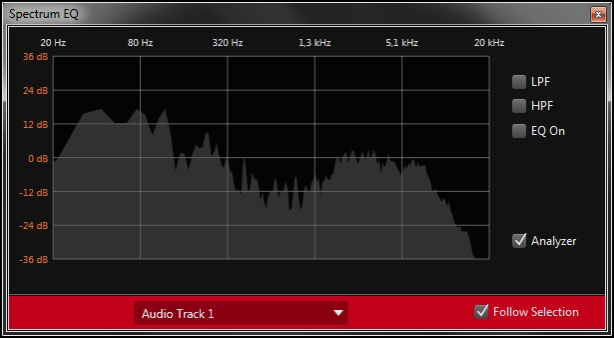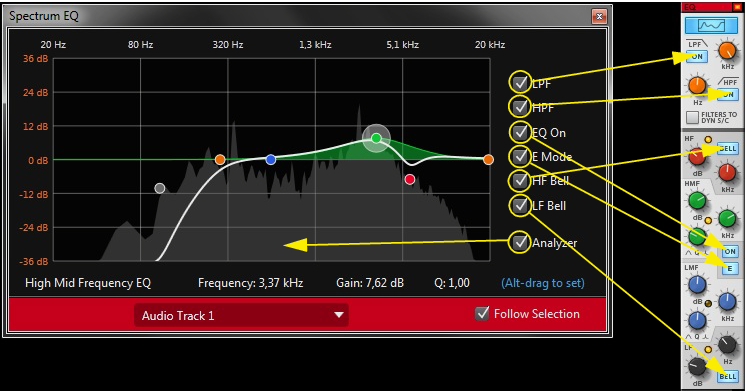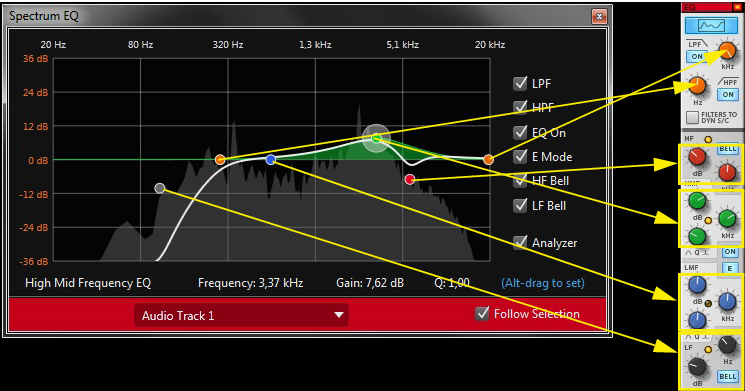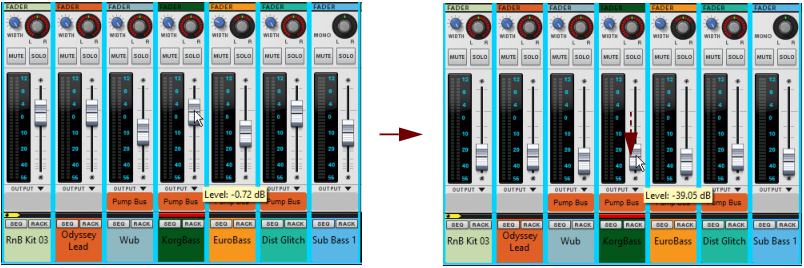|
|
See “Using compression sidechaining” for a description of further uses of sidechaining.
|
1.
|
|
|
The Insert effects can be placed ahead of the Dynamics and EQ sections in the signal path - see “Signal Path section”.
|
•
|
See “Insert FX” for descriptions of how to work with Insert effects.
|
Send effects, which are global for all channels in the Main Mixer, are connected to the Master Section rack device. Up to 8 Send effects can be used simultaneously. For a description of how to use Send effects, see “Send FX”.
|
|||||||
|
|||||||
|
|||||||
|
|
|
•
|
The Remote Base Channel indicator - To the left in the same horizontal strip area a small yellow arrow symbol can be shown. This is the Remote Base Channel indicator, which shows which channel is considered the first or base channel when using Remote Control - see “Setting the Remote Base Channel”.
















